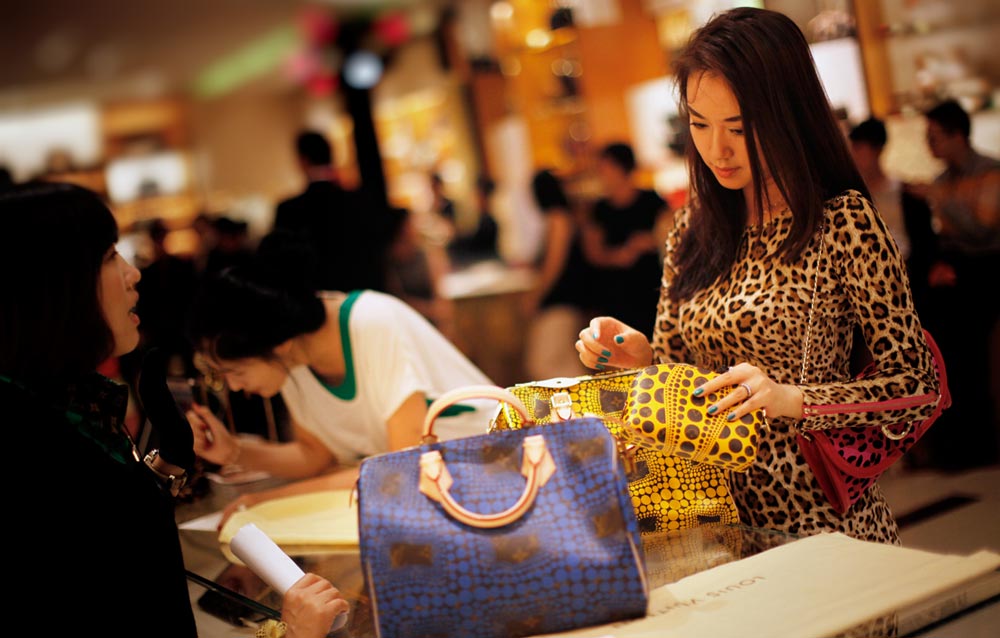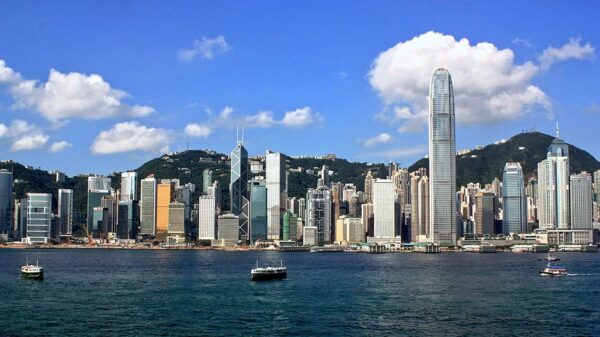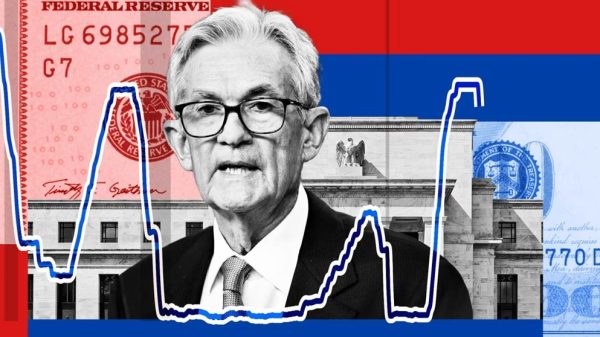The European luxury sector, which faced significant challenges in 2024, is showing early signs of recovery, buoyed by a strong earnings season. However, uncertainties surrounding China’s economic weakness and the looming threat of U.S. tariffs continue to cast shadows over the industry.
Signs of Revival After a Tough Year
2024 marked one of the most challenging years for the European luxury sector, as global uncertainties and declining demand in key markets weighed heavily on the industry. However, analysts are cautiously optimistic about a turnaround in 2025, especially in the latter half of the year.
Simone Ragazzi, portfolio manager at Algebris Investments, observed that the worst may have passed, with recovery being driven by U.S. and European consumers. Brands such as Hermès, LVMH, and Kering—the parent company of Gucci—posted better-than-expected results during the fourth quarter of 2024. Notably, Hermès reported exceptional sales growth, reinforcing its reputation as a standout performer in the luxury market.
Furthermore, Richemont, the owner of Cartier, reported its highest-ever quarterly sales during the final months of 2024. This indicates that while the sector is still fragile, a cyclical recovery may already be underway for top-tier brands.
China’s Weak Demand: A Persistent Concern
Despite the encouraging financial results, China’s faltering economy remains a critical challenge for the European luxury sector. Long considered a cornerstone of luxury consumption, Chinese demand has yet to rebound to pre-pandemic levels. Brands like L’Oréal and Gucci have struggled with declining sales in the region, a recurring theme in their earnings reports.
Zuzanna Pusz, head of European luxury goods at UBS, warned that any further economic slowdown in China could adversely impact the sector. “Anything that would negatively impact the economy in China would be a risk,” she noted, emphasizing the market’s importance.
The Threat of U.S. Tariffs
Another pressing issue for European luxury brands is the potential imposition of U.S. tariffs under President Donald Trump’s administration. These levies could significantly increase the cost of importing European luxury goods into the U.S., forcing companies to either absorb the added costs or pass them on to consumers through price hikes.
While some brands, like Hermès and Kering, have signaled their willingness to raise prices if necessary, analysts caution that the industry is already grappling with consumer pushback over recent price increases. “If firms were to face 25% tariffs, it will be hard to offset these,” said Ragazzi, highlighting the potential financial strain on companies.
Winners and Losers in the Luxury Market
The challenges posed by weak Chinese demand and potential tariffs are underscoring a growing divide within the luxury sector. Analysts foresee a divergence between high-performing brands and those struggling to adapt to the changing market dynamics.
“Consumers are becoming more selective,” noted Pusz. She explained that in times of economic uncertainty, buyers tend to gravitate toward established, high-quality brands they trust. This trend is expected to benefit standout names like Hermès and Richemont, which continue to thrive despite macroeconomic headwinds.
Meanwhile, brands that have been criticized for a lack of innovation or overly aggressive pricing could face further difficulties. Carole Madjo, head of European luxury goods research at Barclays, observed that some companies are already being punished for failing to meet evolving consumer expectations. “The sector is now aware of all these issues and is trying to start to have some solutions,” she said, emphasizing the need for innovation and value-driven offerings.
The Future of Luxury
As the European luxury sector navigates these challenges, industry experts are reflecting on what luxury truly means in today’s market. Luca Solca, senior analyst for global luxury goods at Bernstein, suggested that heritage alone is no longer enough to secure consumer loyalty. “What is becoming even more evident is the goodwill or the heritage that brands had in the past has sort of disappeared,” he remarked.
Looking ahead, the sector’s recovery will likely hinge on the ability of companies to innovate, adapt to shifting consumer preferences, and weather external pressures such as tariffs and economic downturns. While quality names like Hermès and Richemont are poised to lead the way, the road ahead remains uncertain for others.
As Simone Ragazzi aptly summarized, “The big question is what luxury means nowadays.” In a world increasingly shaped by economic and geopolitical challenges, the definition of luxury—and the strategies required to succeed—may be undergoing a fundamental transformation.











